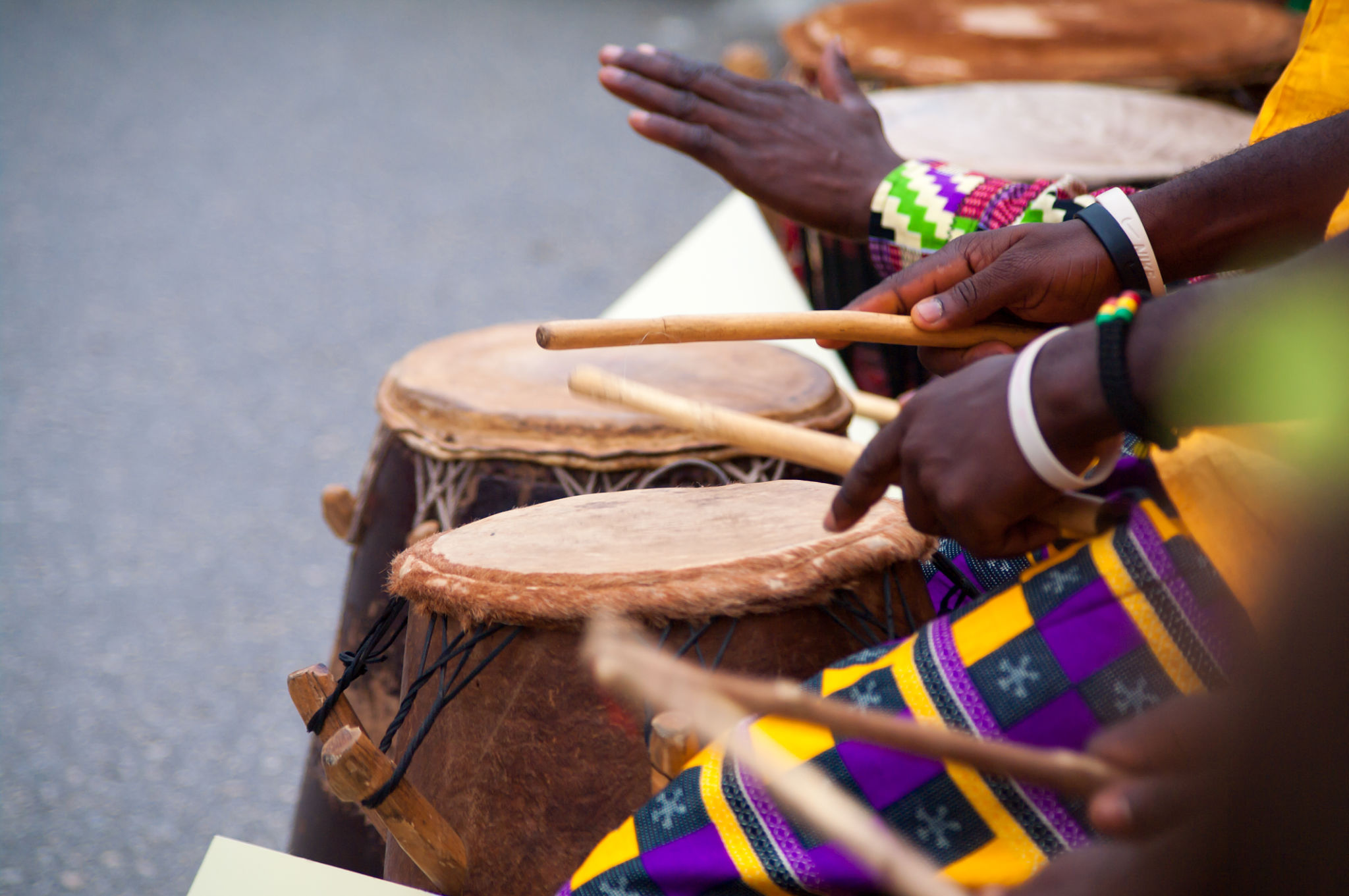The Rhythms of Africa: Exploring the Cultural Significance of Drumming
The Heartbeat of a Continent
In the vast tapestry of African culture, drumming holds a place of profound importance. It is not merely a musical expression but rather a unifying force that connects communities, generations, and even spirits. The rhythms of Africa pulse through its lands, echoing the diversity and unity of its people.
Drumming in Africa is more than an art form; it is a language. Each beat, each rhythm tells a story, conveying messages that words often cannot. From the west coast of Ghana to the eastern shores of Kenya, drums serve as a medium for communication, celebration, and spiritual connection.

The Historical Roots of African Drumming
The history of drumming in Africa is as old as the continent itself. Archaeological evidence suggests that drums have been used for thousands of years in various African societies. These instruments have evolved alongside the cultures they are part of, reflecting shifts in social structures, religious practices, and artistic expressions.
African drums come in various shapes and sizes, each with its own unique sound and purpose. The djembe, for instance, is known for its rich tones and is often used in ceremonial rituals. The talking drum, with its ability to mimic the tone and prosody of human speech, serves as a powerful tool for communication and storytelling.
Drumming as a Communicative Tool
In many African communities, drums are used as a means of long-distance communication. The talking drum, specifically, has played a crucial role in conveying messages across vast distances. By altering the pitch and rhythm, skilled drummers can replicate the sound patterns of spoken language, sending messages from village to village.

Cultural and Spiritual Significance
Drumming is deeply intertwined with African spiritual beliefs. It is believed that the rhythms can summon spirits, invoke ancestors, and even heal the sick. During religious ceremonies and rites of passage, drumming creates a sacred space where participants can connect with the divine and their community.
In addition to its spiritual aspects, drumming is an integral part of social gatherings and celebrations. From weddings to harvest festivals, drums set the rhythm for dancing, storytelling, and communal bonding. The act of drumming brings people together, fostering a sense of unity and shared experience.

The Global Influence of African Drumming
As African cultures have spread across the globe through migration and diaspora, so too has the influence of their drumming traditions. Today, African rhythms can be heard in various musical genres worldwide, from jazz and blues to modern pop and electronic music. This global influence highlights the enduring power of African drumming to transcend cultural boundaries.
In recent years, there has been a resurgence of interest in traditional African drumming among both Africans and non-Africans alike. Workshops, festivals, and cultural exchanges have helped to preserve these ancient traditions while also fostering new interpretations and collaborations.
The Future of African Drumming
The future of African drumming looks promising as new generations embrace their cultural heritage while also experimenting with modern influences. Innovators are blending traditional rhythms with contemporary styles, creating a dynamic fusion that honors the past while looking forward to the future.
Ultimately, the rhythms of Africa continue to beat strong, serving as a reminder of the continent's rich cultural legacy and its enduring ability to inspire and connect people across the world.
